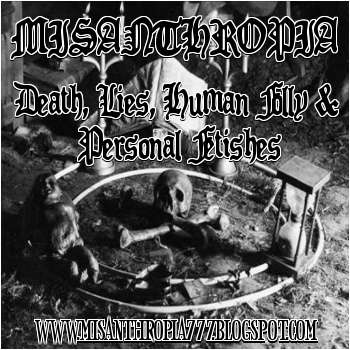 By Nicholas Thompson
By Nicholas ThompsonValery Yarynich glances nervously over his shoulder. Clad in a brown leather jacket, the 72-year-old former Soviet colonel is hunkered in the back of the dimly lit Iron Gate restaurant in Washington, DC. It's March 2009—the Berlin Wall came down two decades ago—but the lean and fit Yarynich is as jumpy as an informant dodging the KGB. He begins to whisper, quietly but firmly.
"The Perimeter system is very, very nice," he says. "We remove unique responsibility from high politicians and the military." He looks around again.
Yarynich is talking about Russia's doomsday machine. That's right, an actual doomsday device—a real, functioning version of the ultimate weapon, always presumed to exist only as a fantasy of apocalypse-obsessed science fiction writers and paranoid über-hawks. The thing that historian Lewis Mumford called "the central symbol of this scientifically organized nightmare of mass extermination." Turns out Yarynich, a 30-year veteran of the Soviet Strategic Rocket Forces and Soviet General Staff, helped build one.
The point of the system, he explains, was to guarantee an automatic Soviet response to an American nuclear strike. Even if the US crippled the USSR with a surprise attack, the Soviets could still hit back. It wouldn't matter if the US blew up the Kremlin, took out the defense ministry, severed the communications network, and killed everyone with stars on their shoulders. Ground-based sensors would detect that a devastating blow had been struck and a counterattack would be launched.
The technical name was Perimeter, but some called it Mertvaya Ruka, or Dead Hand. It was built 25 years ago and remained a closely guarded secret. With the demise of the USSR, word of the system did leak out, but few people seemed to notice. In fact, though Yarynich and a former Minuteman launch officer named Bruce Blair have been writing about Perimeter since 1993 in numerous books and newspaper articles, its existence has not penetrated the public mind or the corridors of power. The Russians still won't discuss it, and Americans at the highest levels—including former top officials at the State Department and White House—say they've never heard of it. When I recently told former CIA director James Woolsey that the USSR had built a doomsday device, his eyes grew cold. "I hope to God the Soviets were more sensible than that." They weren't.
The system remains so shrouded that Yarynich worries his continued openness puts him in danger. He might have a point: One Soviet official who spoke with Americans about the system died in a mysterious fall down a staircase. But Yarynich takes the risk. He believes the world needs to know about Dead Hand. Because, after all, it is still in place.
The system that Yarynich helped build came online in 1985, after some of the most dangerous years of the Cold War. Throughout the '70s, the USSR had steadily narrowed the long US lead in nuclear firepower. At the same time, post-Vietnam, recession-era America seemed weak and confused. Then in strode Ronald Reagan, promising that the days of retreat were over. It was morning in America, he said, and twilight in the Soviet Union.
Part of the new president's hard-line approach was to make the Soviets believe that the US was unafraid of nuclear war. Many of his advisers had long advocated modeling and actively planning for nuclear combat. These were the progeny of Herman Kahn, author of On Thermonuclear War and Thinking About the Unthinkable. They believed that the side with the largest arsenal and an expressed readiness to use it would gain leverage during every crisis.











 "He who can, does. He who cannot, teaches."
"He who can, does. He who cannot, teaches."



 "Being is substance and life; life manifests by movement; movement is perpetuated by equilibrium; equilibrium is therefore the law of immortality.
"Being is substance and life; life manifests by movement; movement is perpetuated by equilibrium; equilibrium is therefore the law of immortality.


 "The doctrine of equality!... But there exists no more poisonous poison: for it seems to be preached by justice itself, while it is the end of justice.... "Equality for equals, inequality for unequals" that would be the true voice of justice: and, what follows from it, "Never make equal what is unequal."
"The doctrine of equality!... But there exists no more poisonous poison: for it seems to be preached by justice itself, while it is the end of justice.... "Equality for equals, inequality for unequals" that would be the true voice of justice: and, what follows from it, "Never make equal what is unequal."



No comments:
Post a Comment
Note: Only a member of this blog may post a comment.